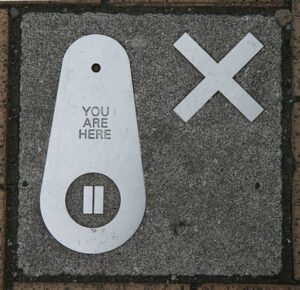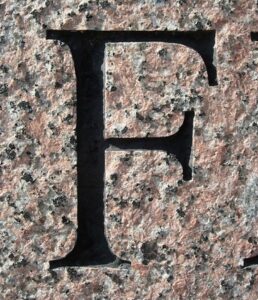On October 22, the Washtenaw Community College Board of Trustees voted to place a proposal seeking a millage renewal and increase on the March 10, 2020 ballot. The election coincides with the presidential primary in Michigan. WCC’s 1.0-mill proposal and Headlee override would generate about $17.5 million in revenue in its first year. The millage replaces one that will expire at the end of 2020.
WCC has two permanent millages (1.95 mills) that generate ongoing operating funds for WCC and do not need voter approval. The College also has two additional millages (1.85 mills) that the voters must approve periodically.
If it seems like Washtenaw Community College just asked voters to approve a millage renewal and increase recently, you’re right. WCC just renewed one of its millages in 2016.
You might find the history of the 2016 millage interesting.
Briefly, the College originally sought a 1.0-mill millage in 1992, along with a $23.3M bond to construct a library and business education building. For the first time in history, the voters turned down a WCC funding request.
Back to the drawing board
WCC rebranded the proposals as technology-centric funding requests, and returned to the voters in August 1996. The bond proposal, which WCC expanded to $38.9M, would fund a “technology education building.” The millage, which the College scaled back to 0.95 mills, would pay for for job training and technology education, computers and other technology programs – and in the fine print – general operating expenses.
Voters approved the bond proposal for the library Technology Education Building –in the August election, but the millage failed. WCC returned to the voters in November 1996 with a further scaled “technology” millage seeking 0.85 mills. This time, voters passed the measure.
It should come as no surprise that following the election, the “Technology Education Building” morphed back into the library. The Business Education building – unmentioned in the ballot proposal – got built anyway. And the “technology millage” proceeds went into the General Fund, with no special spending plan for technology purchases.
In 2004 and 2016, the College renewed the “technology millage” as what it was all along, a general operating millage renewal. As for the vast increase in the size of the bond proposal, it never hurts to have extra bond authorizations laying around, does it?
Voters might wonder where the Health and Fitness Center bonds came from. The College didn’t ask voters to authorize any bonds for the HFC, yet it used bonds to obligate the voters to pay for it.
The trouble with the General Fund
WCC can use its general fund for almost anything. The Administration can use the operating account to fund personal priorities, or underwrite the expansion of the administrative staff, while necessities like building maintenance get “deferred.”
When you ask the voters what they imagine the money for “operating purposes” gets spent on, they will draft a list of the operating costs they can believe the College encounters. “Operating purposes” includes salaries for teachers; funding for programs; money to pay the bills; money to keep the buildings clean, safe and in good repair; computers and software; desks and chairs; lab equipment and so on. A big place like WCC probably needs a lot of “money for operating purposes.”
Unfortunately, there’s often a big gap between what the voters assume “money for operating purposes” means and what the College actually spends the money on. Even worse, the current Board of Trustees has demonstrated time and time again that they will not hold the College administration accountable for its wasteful spending priorities. Despite being elected by the voters, the WCC Board of Trustees apparently answers to no one. They rarely consider the impact of their decisions on the people who ultimately pay WCC’s bills.
That’s something to consider when you go to the polls on March 10, 2020.
Photo credit: ramsi_images










